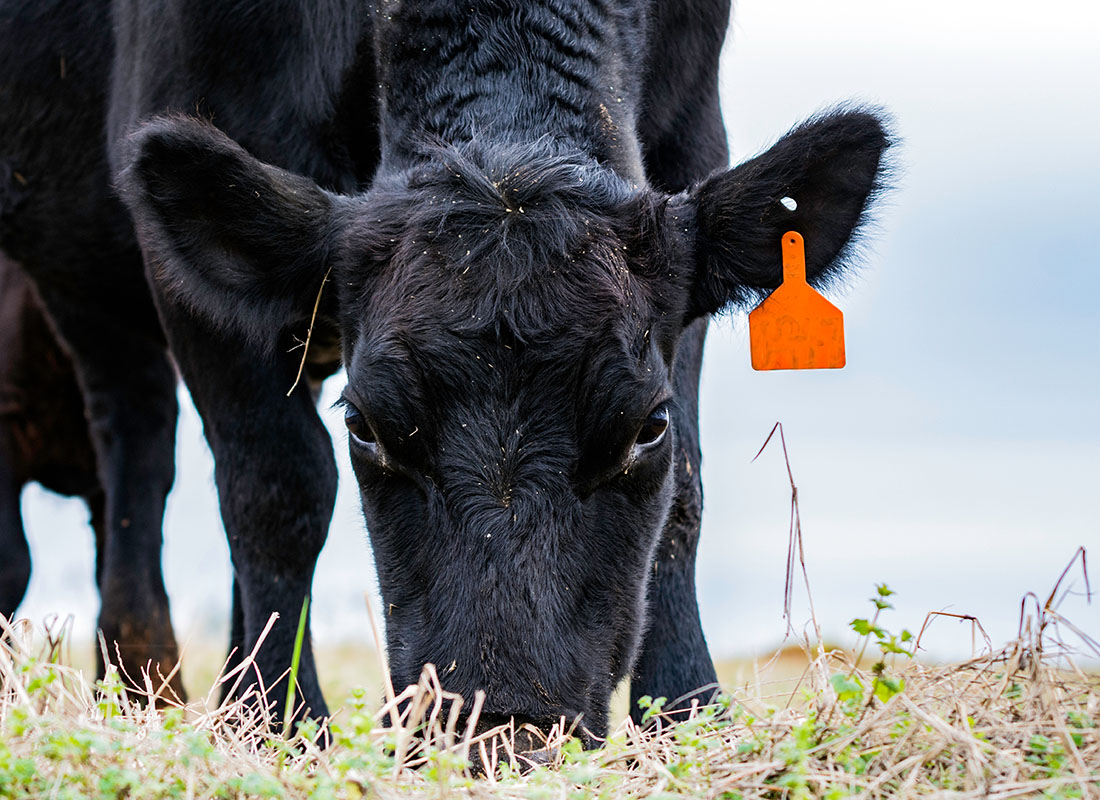Navigating Business Risks with Bagley Risk Management
Navigating Business Risks with Bagley Risk Management
Blog Article
Recognizing Animals Threat Protection (LRP) Insurance Coverage: A Comprehensive Guide
Browsing the world of livestock risk security (LRP) insurance coverage can be a complicated endeavor for numerous in the farming industry. This kind of insurance supplies a security net against market changes and unanticipated circumstances that might affect livestock manufacturers. By understanding the details of LRP insurance coverage, producers can make enlightened choices that may safeguard their operations from financial dangers. From just how LRP insurance works to the numerous protection options offered, there is much to reveal in this comprehensive guide that might possibly shape the method animals manufacturers approach risk management in their services.

How LRP Insurance Coverage Functions
Sometimes, recognizing the technicians of Animals Risk Protection (LRP) insurance policy can be intricate, however breaking down how it functions can provide clarity for farmers and herdsmans. LRP insurance is a threat administration tool developed to secure livestock manufacturers against unanticipated price decreases. The plan permits producers to establish a coverage degree based on their details demands, selecting the number of head, weight variety, and protection price. As soon as the plan is in area, if market costs drop below the insurance coverage cost, producers can sue for the difference. It is necessary to note that LRP insurance is not a revenue guarantee; rather, it concentrates exclusively on rate threat defense. The protection period usually varies from 13 to 52 weeks, giving adaptability for producers to pick a duration that aligns with their production cycle. By utilizing LRP insurance policy, ranchers and farmers can alleviate the economic risks related to varying market value, guaranteeing better stability in their operations.
Eligibility and Insurance Coverage Options

When it comes to protection alternatives, LRP insurance policy supplies manufacturers the flexibility to choose the insurance coverage level, protection period, and endorsements that finest match their threat management demands. Coverage levels normally vary from 70% to 100% of the expected finishing value of the insured livestock. Manufacturers can also pick protection durations that line up with their manufacturing cycle, whether they are guaranteeing feeder cattle, fed cattle, swine, or lamb. Recommendations such as cost danger defense can better customize coverage to secure against negative market variations. By understanding the qualification criteria and coverage options offered, animals manufacturers can make enlightened choices to manage risk successfully.
Advantages And Disadvantages of LRP Insurance Coverage
When reviewing Livestock Risk Defense (LRP) insurance, it is important for livestock producers to weigh the benefits and negative aspects fundamental in this risk monitoring tool.

One of the main benefits of LRP insurance policy is its capability to supply defense versus a decrease in animals prices. In addition, LRP insurance coverage uses a degree of adaptability, enabling manufacturers to tailor coverage degrees and policy durations to suit their specific requirements.
One restriction of LRP insurance is that it does not safeguard against discover here all types of threats, such as illness episodes or natural disasters. It is critical for producers to meticulously examine their individual threat exposure and financial scenario to figure out if LRP insurance is the appropriate threat monitoring device for their operation.
Recognizing LRP Insurance Coverage Premiums

Tips for Maximizing LRP Advantages
Making the most of the benefits of Animals Risk Defense (LRP) insurance coverage calls for strategic planning and aggressive risk administration - Bagley Risk Management. To take advantage of your LRP protection, consider the following ideas:
Routinely Examine Market Problems: Keep informed regarding market fads and rate fluctuations in the livestock sector. this page By keeping an eye on these variables, you can make informed choices concerning when to acquire LRP insurance coverage to protect against potential losses.
Set Realistic Insurance Coverage Levels: When selecting coverage degrees, consider your manufacturing expenses, market worth of animals, and potential dangers - Bagley Risk Management. Establishing practical protection degrees guarantees that you are effectively protected without overpaying for unneeded insurance
Diversify Your Protection: As opposed to relying entirely on LRP insurance policy, think about expanding your risk administration methods. Integrating LRP with other threat monitoring tools such as futures contracts or options can provide comprehensive coverage versus market unpredictabilities.
Testimonial and Change Protection Regularly: As market conditions transform, regularly evaluate your LRP coverage to guarantee it straightens with your present risk exposure. Readjusting protection levels and timing of acquisitions can aid enhance your risk defense technique. By following these pointers, you can optimize the advantages of LRP insurance coverage and guard your livestock procedure against unanticipated risks.
Verdict
In conclusion, livestock threat security (LRP) insurance coverage is a valuable tool for farmers to manage the economic threats connected with their livestock procedures. By comprehending just how LRP functions, eligibility and protection alternatives, along with the benefits and drawbacks of this insurance coverage, farmers can make enlightened decisions to protect their livelihoods. By thoroughly considering LRP costs and carrying out methods to maximize advantages, farmers can reduce potential losses and guarantee the sustainability of their procedures.
Livestock manufacturers interested in getting Livestock Danger Protection (LRP) insurance coverage can discover a range of qualification criteria and coverage options customized to their specific livestock operations.When it comes to coverage alternatives, LRP insurance coverage uses manufacturers the flexibility to select the coverage degree, insurance coverage duration, and recommendations that ideal match their threat management needs.To grasp the complexities of Livestock Risk Protection (LRP) insurance coverage totally, recognizing the aspects affecting LRP insurance policy costs is important. LRP insurance coverage premiums are determined by various elements, including the insurance coverage degree picked, the anticipated cost of animals at the end of the insurance coverage duration, the kind of animals being guaranteed, look here and the size of the protection duration.Evaluation and Change Coverage Frequently: As market conditions change, periodically review your LRP protection to ensure it aligns with your existing danger exposure.
Report this page